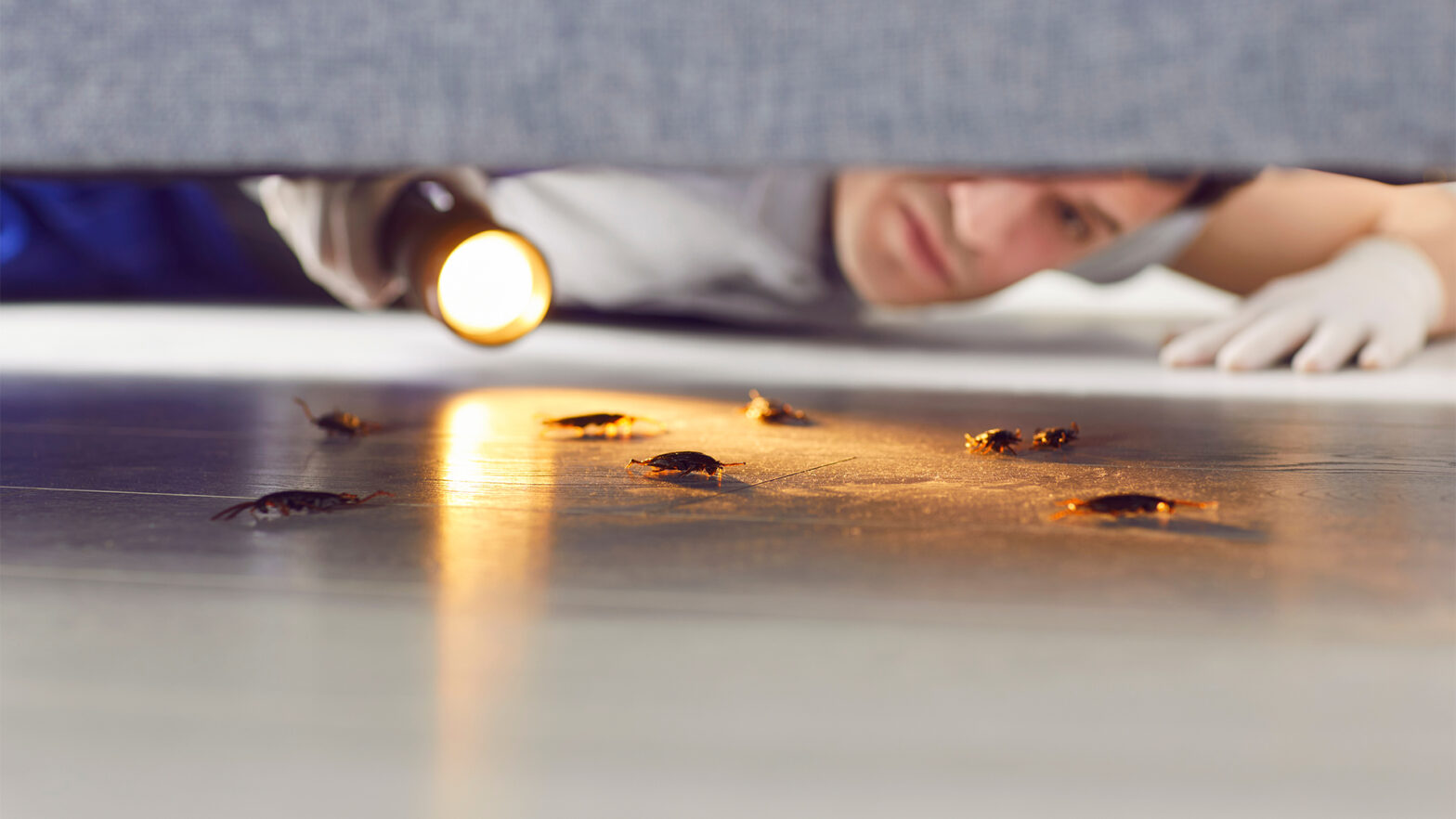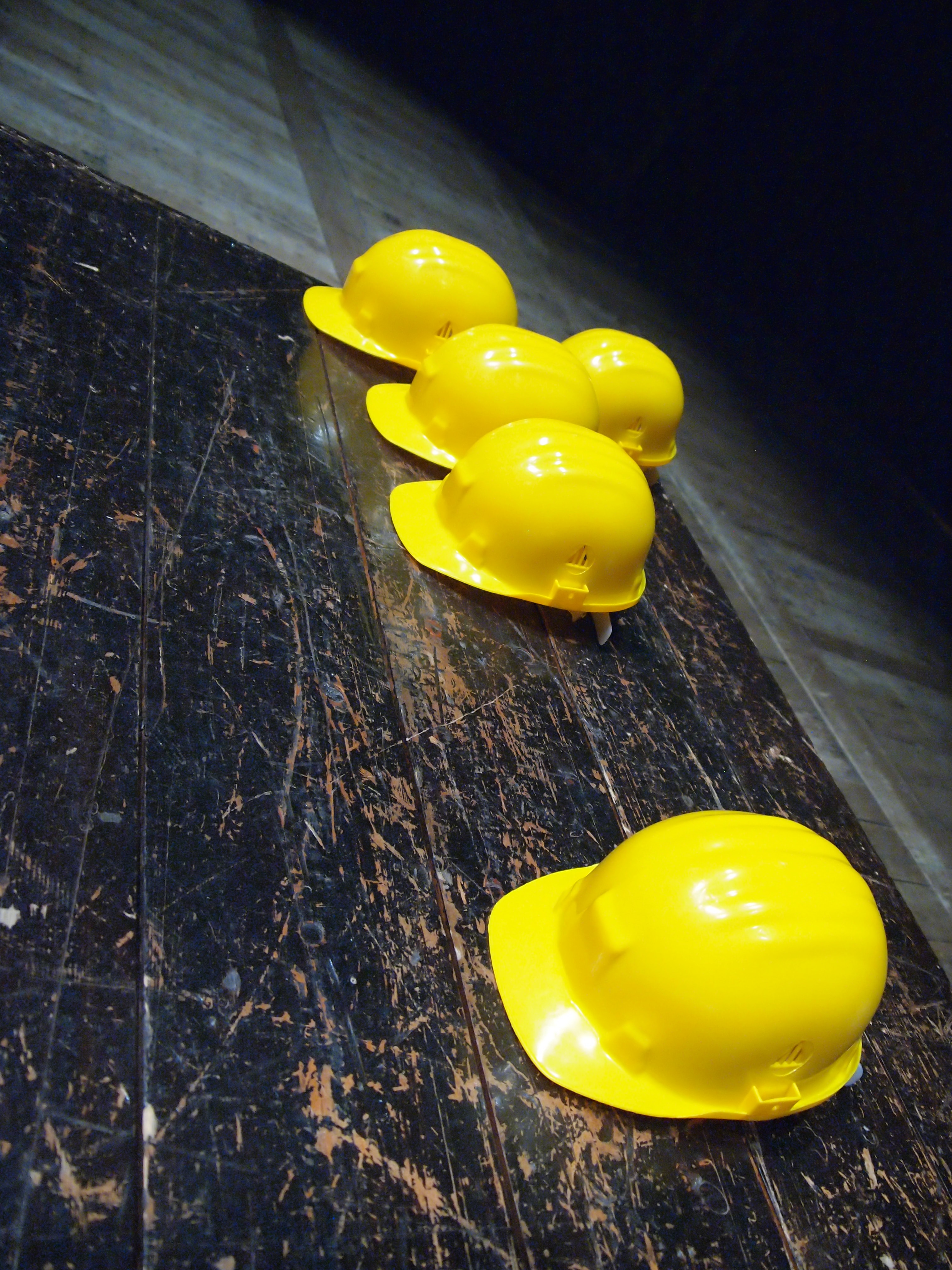
- Spring is the season when most insects start to emerge from dormancy. Moths, spiders, and carpet beetles infiltrate our homes as the weather outside warms up.
- Liam Cleverdon, Director of Flooring King, details how to naturally deter pests from homes.
- From identifying the early signs to simple cleaning hacks, these practical tips are designed to keep your home fresh, clean, and critter-free — without relying on harsh chemicals.
Spring might bring sunshine and the perfect excuse for a BBQ, but it also marks the return of some very unwelcome guests.
As the weather continues to warm up, bugs like moths, carpet beetles, and spiders will come out of hiding after lying low all winter. With temperatures rising, these pests become more active, and with doors and windows left open, it becomes easier for insects to creep in and make themselves comfortable.
To uncover why we see a surge in pests throughout the spring and summer months, alongside how to naturally deter them from making themselves at home, Liam Cleverdon, interior expert and Director at Flooring King, has teamed up with pest control experts Daniel Steward, Managing Director at Shield Pest Control, and Tony King, owner of The Pied Piper, to share their expert insights and practical tips on keeping your home fresh, clean, and pest-free — without relying on harsh chemicals.
Why do we see an increase in pests throughout spring and summer?
During winter, many insects lie dormant, waiting for spring’s warmth to reawaken their life cycles. Daniel explains: “One of the main reasons we see an increase in pests during the spring is that many become more active as the weather warms up. Spring marks the beginning of the breeding season for pests like carpet beetles and moths, which start searching for food sources and suitable places to lay their eggs.”
Tony added: “Many of them just hibernate or keep a low profile throughout the winter months-a few of them are clothes moths, carpet beetles, cluster flies, and spiders. As soon as temperatures start rising – usually from March onwards in the UK – these creatures become more active-seeking food and mates. But it is spring that brings with it carpet beetles, which act as the real annoyance in spring. “
What are the Most Common Pests During this Period?
Tony highlighted that species like clothes moths, carpet beetles, cluster flies, and spiders are likely to come out of the woodwork as things start to heat up and can significantly impact the home. “For instance, clothes moths fly around and lay eggs on wool, cashmere and other fabrics, while carpet beetles appear to feed and reproduce. You’ll also see more and more black garden ants venturing indoors to collect sugar-based food.
He continued by noting some additional offenders: “Silverfish will also cost you during the spring season and thrive in areas of your home, bathrooms, or kitchens known for their dampness. Damp woodlice will come out more often in search of moisture. It is all part of the seasonal change – warm weather will awaken them from their life cycles.”
What may come as a surprise — or even a shock — to many homeowners is that the spiders you’re suddenly seeing this spring didn’t just crawl in from outside – they’re been inside the whole time. Tony clarified: “They are probably born in your home and quietly grow in dark corners, under furniture, or behind skirting boards. They do not come from outside; they are residents.”
Carpet beetles, among others, have also likely been feeding unnoticed for months. He revealed: “They can live in the bodies of the larvae, eating fibres for months, like hidden areas beneath sofas or within duct systems. Moths also lay their eggs in wardrobes or cupboards, and the larvae can remain active indoors during winters where the temperature doesn’t fall below 13°C.”
What Kind of Damage Can They Cause?
Though tiny, these insects can cause serious damage. Tony noted: “In spring, active carpet beetles will find quiet, undisturbed places in which to lay their eggs, which would typically include the fibres of carpets, rugs, and even behind skirting boards. Spiders tend to be conspicuous during courtship and mating season, which usually coincides with warmer days; for instance, ants will then set up satellite nests inside when there is too much congestion in one outdoor nest. Also, insects have their life cycle accelerated as soon as the warm season arrives, so a small problem may grow to an infestation in a few weeks.”
Both experts observed that winter is generally a quieter season pest-wise, while spring sees a dramatic spike in activity. Tony said: “That’s when adult beetles emerge from pupation and begin coming out looking for mates. Adults feed on pollen and are not very destructive; they lay their eggs, however, in quiet hidden places like under carpets, behind skirting boards, inside air vents, or in stored clothing. The larvae are known as “woolly bears,” since they chew up keratin-protein contained in the natural fibres; wool, fur, leather, silk, and feathers. Small holes might be found in jumpers; bald patches on rugs may indicate their presence; you may even see shredded upholstery.”
Daniel emphasized the damage: “While they are not harmful to humans, their larvae can cause damage to a variety of fabrics, including wool and silk. This means your home furnishings and clothing could be at risk.”
How to Prevent Pests Taking Over the Home?
1. Deep Clean with Purpose
Spring cleaning isn’t just a time-honoured tradition — it’s your best line of defence.
Liam emphasised: “Most pests are drawn to mess, not maintenance. By keeping your home clean—especially covering leftovers and wiping away crumbs from floors and counters—you make it far less inviting. A handheld vacuum is perfect for quick clean-ups and staying on top of those easy-to-miss spots.”
You should also avoid leaving food exposed for too long. Daniel warned: “Food is one of the primary attractants for pests. Whether it’s crumbs, leftovers, or open containers, pests are drawn to any available food source. “
Tony reinforced this, saying: “Meals either left uncovered, bins not emptied after a few days, or recycling bins left uncovered can all help in attracting flies and ant’s horde. And when people try DIY pest control without knowledge of the pest’s lifetime, they usually forget the breeding site, which just continues the problem. No house can be maintained by just repairing it because prevention is really better than cure.”
2. Don’t Ignore the Early Signs
According to Tony, some of the things someone can do is ignore the early signs of pest activity. He explained: “At first, spotting a few beetles on a windowsill or tiny holes in clothing might not seem like much of a big deal, but it could be a sign of a more serious hidden problem.”
Daniel also stressed the need for proactive action: “Avoid ignoring cracks and gaps in doors, windows, and foundations. Any small crack or gap in your home provides an easy entry point for pests. Failing to seal these openings makes your home more accessible.”
3. Keep Clutter Under Control
Cluttered spaces like airing cupboards, lofts, and under-bed storage can also cause problems. Daniel added: “Letting clutter pile up, especially dark, warm places like airing cupboards or lofts, lays perfect conditions for moths and beetles to nest.”
And it’s not just about storage. According to Tony, damp environments also play a role. “Another such horrible thing is overwatering indoor plants and allowing moisture to accumulate in kitchens and bathrooms because that draws silverfish and fungus gnats”
4. Use Natural Deterrents
While there are a range of expensive repellents to keep pests away, natural oils can be just as efficient.
Liam explained: “Chemical-free doesn’t mean ineffective. Natural oils like peppermint are surprisingly potent — you can mix 10–15 drops with water and spray around doors, windows, and cracks to deter spiders.”
“Additionally, herbs such as rosemary, mint, basil, and garlic are not only effective at repelling carpet beetles and other spring pests, but also offer a highly budget-friendly solution. Simply place the herbs in small sachets and tuck them into room corners, drawers, or under furniture—or dab a few drops of essential oils onto cotton pads and position them strategically throughout your home.”
For more severe infestations, there are alternatives. “If you’re not opposed to more lethal methods, boric acid can be an effective last resort. Sprinkle it on carpets, leave for a few hours, then vacuum to kill beetles, larvae, and eggs. “


























